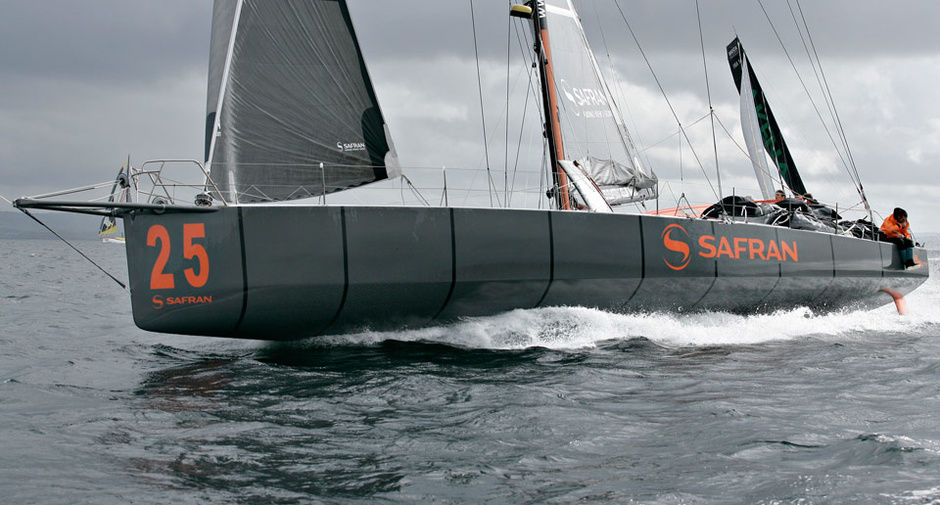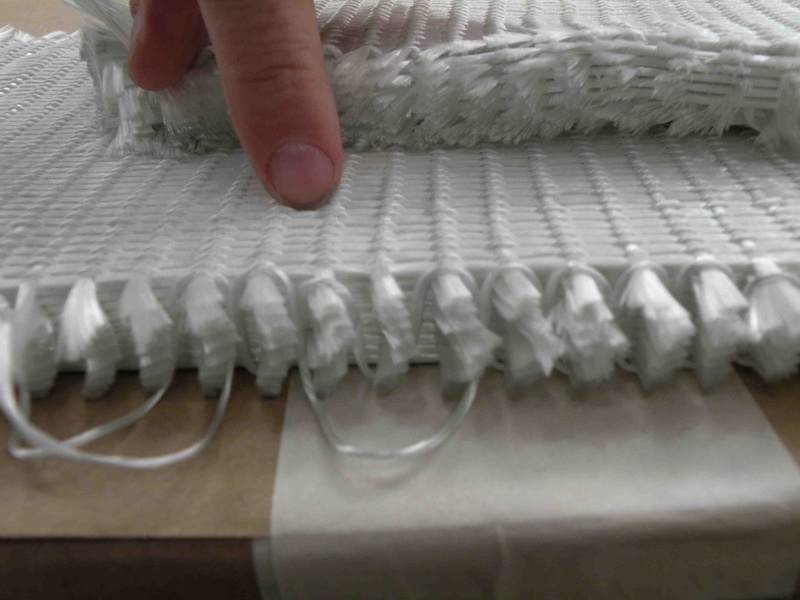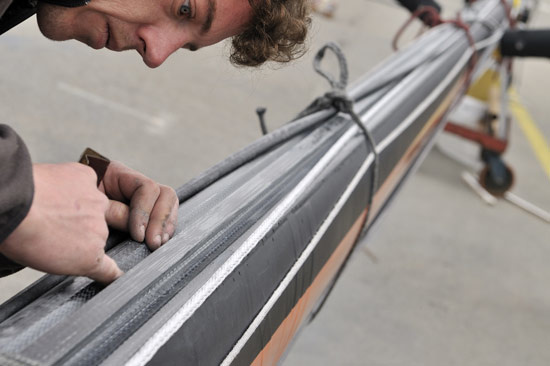We previously wrote about the French Safran Open 60 class yacht being prepared for the Vendee Globe round-the-world solo race. She has a number of features that make her a class apart from her sister ships, most notably a titanium fin for the ballast bulwark and avionics, which includes an inertial navigation system (INS) that is still very rare onboard yachts. 
As the Safran new details emerge that make Safran today the world's most technologically advanced racing yacht. It is time to tell you a few more details that will go down in the history of sailing (and of yachting in general) as a technology demonstrator. Regardless of how this boat and her skipper will do in the challenging race, one thing can be said right now: this boat has already added a lot to the construction of yachts. «Although many of her» tricks are known in themselves, they've never been used in sportboat construction before.
For example, parts made of so called


In order to avoid this, three-dimensional woven constructions were developed from glass and carbon fabrics. When they are made of fibers they do not weave a flat sheet of fabric but a volumetric structure having appreciable thickness (tens of millimeters and more). «If initially the creators of such structures wove, in fact, conventional mats (or»), then as the technology improved, it became possible to weave (and partly - and neaten) and well-known structural profiles - for example, angular, T-shaped and I-beam. Moreover, weaving technologists have learned and «to sew» even lightweight fillers - such as balsa panels - into voluminous carbon and glass mats.

The result is a construction which is not subject to delamination and even theoretically - here only complete destruction is possible, because now the part does not consist of separate layers impregnated with a binder (resin), but for its entire height it is a single, unbreakable structure. «It is incredibly difficult to tear the voluminous charcoalcanic mat». Trouble is - a fairly high complexity (and high cost) of manufacturing large woven

Rudders are another matter. They're very stressful on racing yachts, and also sometimes collide with various floating objects at speed. So for each of the rudders, Safran has three elements woven using 3D technology: an outer rudder, a stern rudder and a centre section. The rudders retain their original weight, but their impact strength is much higher.
The Safran Group has thus taken a major step forward in increasing the durability of the most critical parts of a sailing yacht: the titanium keel and the three-dimensional compositions in the mast and the rudder set the yacht apart from the other Open 60s. «And if the French experiment proves to be a success, we may see carbon and fiberglass fabric mats» enter the mainstream yachting scene.









